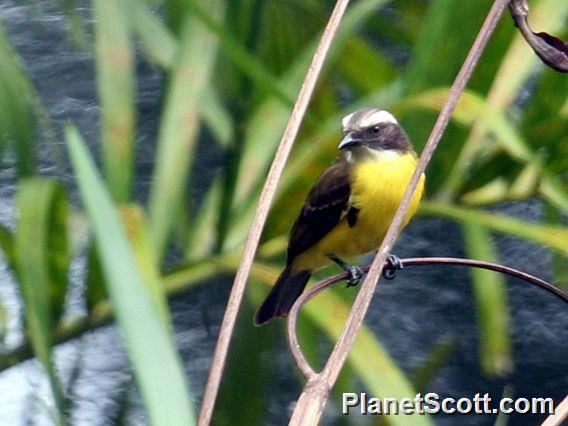Social Flycatcher (Myiozetetes similis)

Social Flycatcher (Myiozetetes similis)
×


Social Flycatcher (Myiozetetes similis)
About Social Flycatcher (Myiozetetes similis)
- Kingdom: Animals
- Phylum: Chordates
- Class: Birds
- Order: Perching Birds
- Family: Tyrant Flycatchers
The social flycatcher is a passerine bird from the Americas, a member of the large tyrant flycatcher family Tyrannidae. It is found in Mexico, every Central American country, and every mainland South American country except Chile, Guyana, Suriname, and Uruguay. It has also occurred as a vagrant in the United States.
Source: Wikipedia
Trips
Visits
-
2006-11-11
Sani Lodge, Ecuador -
2007-10-10
La Mancha, Mexico -
2009-01-18
Lamanai Ruins River Trip, Belize -
2009-01-20
Crooked Tree, Belize -
2009-01-24
Bullet Tree Falls, Belize -
2009-02-09
Los Naranjos, Honduras -
2009-02-24
Corcovado National Park - Los Patos, Costa Rica -
2009-03-09
Cana Station, Panama -
2011-07-21
Itacare, Brazil -
2011-07-25
Praia do Forte, Brazil -
-
-
-
-
-
-
-
-
-
-
-
2021-11-23
Parque Nacional Urugua-i, Argentina -
-
-
-
-
-
-
-
-
-
-
-
-
-
-
-
-
-
-
-
-
-
-



